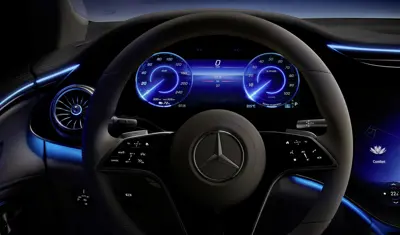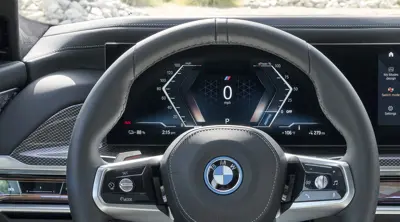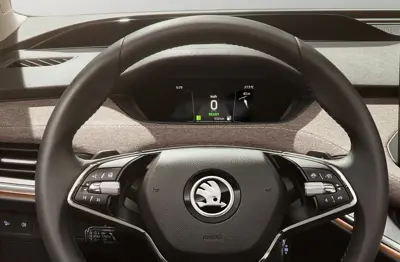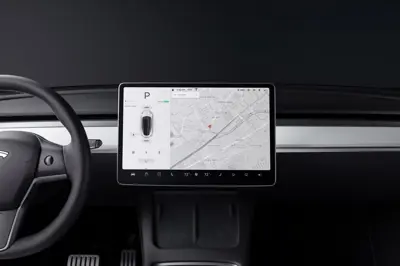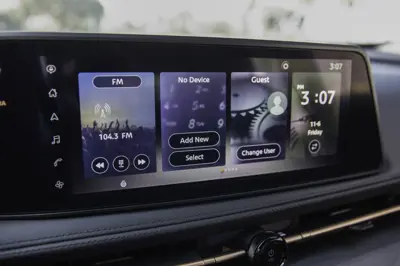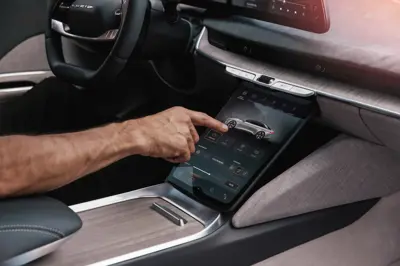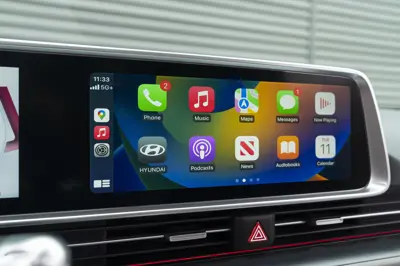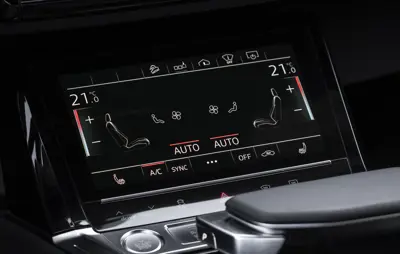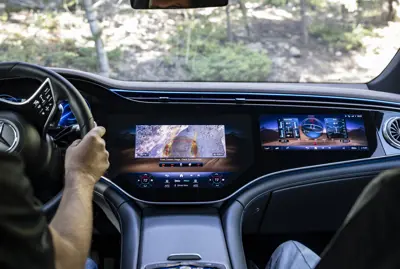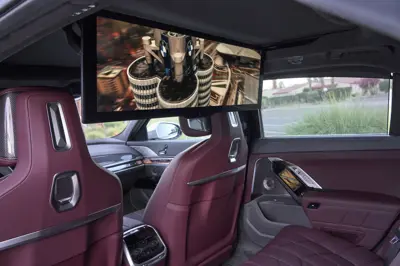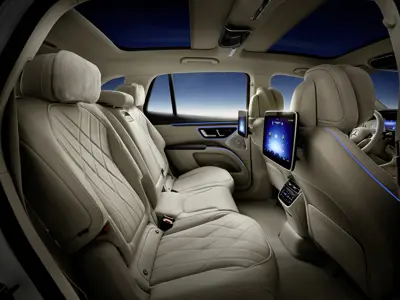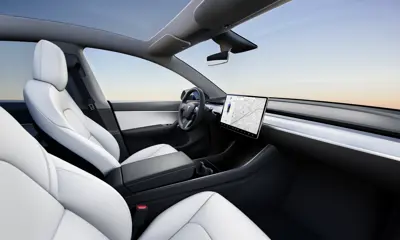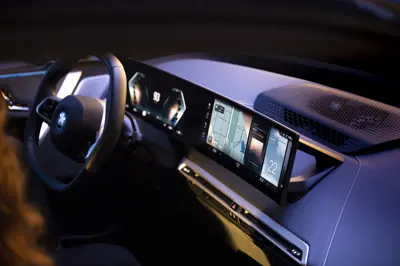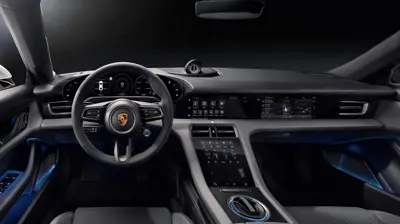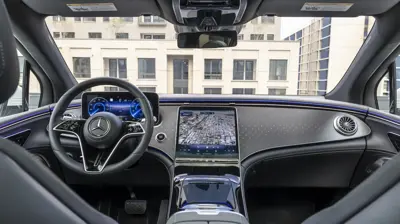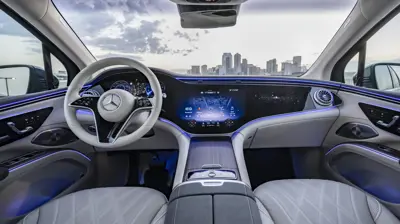- User Interface
- Screens
- Head-up Display
- Physical Buttons
- Steering wheel
- Stalks
- Mirrors
- Voice Control
- Gesture Control
Screens
Screens are one of the most noticeable aspects of modern EVs' user interfaces, ranging from small displays showing basic information to large touchscreens dominating the dashboard.
Screens in modern EVs display various information, including battery levels, charging status, navigation, media, and more. The size and layout of these screens can vary from one model to another, but they all aim to make the driver's experience more intuitive and user-friendly.
Screen Types
Screens in EVs can be categorized into different types and features:
Digital Instruments
Digital instrument clusters, or driver information displays, replace traditional analog gauges. These screens typically provide information such as speed, battery level, odometer, trip information, and navigation directions. Some models allow drivers to customize the display to show preferred information.
Examples from different models:
Infotainment Screen
The infotainment system is a central screen that combines various multimedia functions. It typically includes a touchscreen interface for controlling navigation, audio and video playback, phone connectivity, climate control, and other vehicle settings. Features may include voice recognition, smartphone integration, and app compatibility.
Common features accessible through the infotainment screen:
- Audio and Media Control: Change radio stations, adjust volume, select audio sources, browse music tracks, and control audio settings.
- Navigation and Maps: Input destinations, view maps, get turn-by-turn directions, and adjust navigation settings.
- Phone Connectivity: Make and receive calls, access contacts, view call history, and send/receive text messages. Supports Android Auto and Apple CarPlay.
- Climate Control: Adjust temperature, fan speed, air distribution, and other HVAC functions.
- Vehicle Settings: Control lighting, door locks, seat adjustments, and other comfort features.
- Rear View Camera and Parking Assistance: View rear surroundings and get parking assistance.
- Vehicle Diagnostics and Maintenance: Access tire pressure, engine oil life, vehicle health reports, and maintenance reminders.
- Connectivity and Apps: Pair smartphones, use apps, and access online services.
Examples from different models:
Climate Control Screen
Climate control screens, or HVAC screens, allow users to adjust the vehicle's climate settings. These screens may be part of the infotainment system or separate screens specifically for climate control.
Common features:
- Temperature Control: Set the desired temperature inside the vehicle.
- Fan Speed Control: Adjust the HVAC system's fan speed.
- Air Distribution Control: Control the direction and intensity of airflow.
- Auto Mode: Automatically adjust temperature, fan speed, and air distribution.
- Rear Climate Control: Control climate settings for rear seats.
- Seat Heating/Cooling: Adjust seat temperature for added comfort.
Example:
Front Passenger Screen
Some modern cars feature a secondary screen for the front passenger, offering media control, seat adjustments, navigation, vehicle information, and connectivity options.
Example:
Rear Seat Infotainment
Rear seat infotainment screens provide entertainment for backseat passengers, offering access to video content, gaming, and other options. These screens are often mounted on the back of the front seat headrests or integrated into the ceiling or center console.
Examples:
Screen Layouts and Dashboard Integration
Screen layouts vary significantly between models. Some have large, integrated screens, while others have smaller, bracket-mounted screens. Integration quality can range from budget designs to fully integrated, high-end layouts.
Examples:

